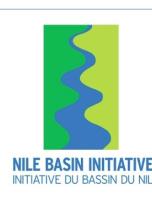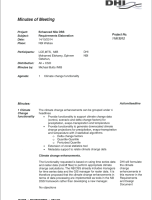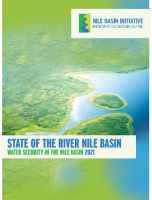Abstract
Report of the Water Resource Analysis carried out under the Machar Marshes Eco-Hydrology Assessment Project supported by the German GIZ. It is a parallel study to the economic valuation study of ecosystem services and biodiversity of the Machar Marshes, and carried out in 4 phases: (1) Desk Study; (2) Baseline Assessment; (3) Water Resource Analysis (this Report) and (4) Workshops and Capacity Building Training. It collects all available datasets, data used in previous modelling efforts (e.g., BAS MSWRDM), and historic data and reports on water resource assessments to set up and run a hydrological simulation model to evaluate future development options and scenarios. The main findings are: (1) The MIKE 11 model has been dynamically linked to the MIKE SHE Model, so that the implemented MIKE SHE modelling framework can be integrated with the existing White Nile Equatorial Mike HYDRO DSS model, as a ‘proof of concept’; (2) the Machar Marshes have three mainland covers: permanent wetlands with deep water bodies, seasonal floodplains inundated by river spills and rainfall, and dry fringes (which include seepage wetlands); (3) each vegetation type has clear niche preferences in terms of flooding depth, duration, and timing, as well as timing and severity of flows during the dry season; (4) The hydraulic and hydrological niche preferences (outlined in detail by Sutcliffe in 2009 and modified for use here) and responses provide a direct link to water depth distribution across the floodplain via the hydraulic model outputs and can therefore be used to assess flow scenarios and their influence on wetland habitats and overall biodiversity; (5) Once calibration is achieved, the hydrological time series from the hydraulic model will be used to produce an output according to vegetation indicator preferences; and (6) the baseline model developed in Phase 2 (Baseline Assessment), and extended with the SSEA, will be used to evaluate the impact of six scenarios defined in the BAS-MWRD project on the Machar Marshes, and ecological responses described and quantified for scenarios relevant to the Machar Marshes. It concludes by recommending that, for cost-effectiveness and to generate useful data for monitoring and management of the wetlands, the bulk of the monitoring should be at the whole wetland scale and make use of satellite data as far as possible.


